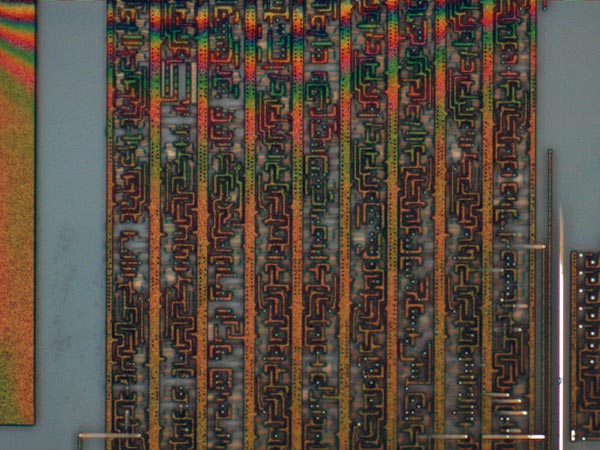The full details of the Crypto-1 cipher (initially exposed back in December) have now been released.
They are published in Appendix A of Henryk Plötz’s thesis report: Mifare Classic – Eine Analyse der Implementierung. The thesis is in German, but the algorithm is published as a C program (by Karsten Nohl, Henryk Plötz and Sean O’Neil), so should be understandable to non-German code readers.
Also yesterday, the paper, Dismantling MIFARE Classic, by Flavio D. Garcia, Gerhard de Koning Gans, Ruben Muijrers, Peter van Rossum, Roel Verdult, Ronny Wichers Schreur, and Bart Jacobs of Radboud University Nijmegen, The Netherlands, appeared at ESORICS 2008. This is the paper that was the subject of NXP’s failed lawsuit.
The publication of these details remove any remaining doubts about the insecurity of the Mifare Classic.
News articles:
D-Day for RFID-based transit card systems, c|net News, 6 October 2008.
“Combining these two pieces of information, attacks can now be implemented by anyone,” RFID researcher Karsten Nohl told CNET News. “All it takes is a $100 (card) reader and a little software.”
…
Security systems like the Mifare Classic that are not peer reviewed are not as trustworthy as systems that can be openly analyzed by researchers looking for flaws, Johanson and Nohl said.
“Developing your own proprietary security mechanisms and not getting public scrutiny on it does not work,” Nohl said.
Boffins (finally) publish hack for world’s most popular smartcard, The Register, 6 October 2008.
Two research papers published Monday have finally made it official: The world’s most widely deployed radio frequency identification (RFID) smartcard – used to control access to transportation systems, military installations, and other restricted areas – can be cracked in a matter of minutes using inexpensive tools.
The two documents combined mean that virtually anyone with the time and determination can carry out the attacks, said Karsten Nohl, a PhD candidate at the University of Virginia and one of the cryptographers who first warned of the weakness in December.
“Now the weakness that we and others have been talking about for months can be verified independently by really anybody,” he said. “The flip side is that everybody can now attack Mifare-based security systems.”
Over the past six months, many organizations that rely on the Mifare Classic have upgraded their systems, but Nohl said he is personally aware of a “handful” of systems used by government agencies or large multinational companies that have been unable to make the necessary changes because of the logistical challenges of issuing new badges to employees.
“One hopes that just based on the announcement, most operators of critical security systems have adopted other technologies besides Mifare,” Nohl said.
Update: (10 Oct) Another article from the CBC: Security flaw in smart cards poses risk for transit, building access, CBC News, 10 October, 2008.

